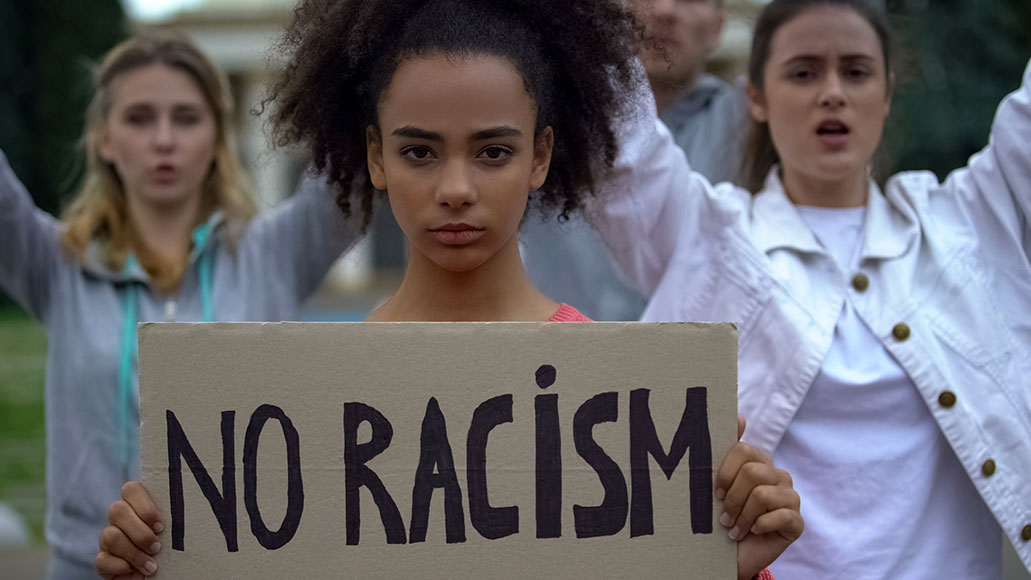asthma: A disease affecting the body’s airways, which are the tubes through which animals breathe. Asthma obstructs these airways through swelling, the production of too much mucus or a tightening of the tubes. As a result, the body can expand to breathe in air, but loses the ability to exhale appropriately. The most common cause of asthma is an allergy. Asthma is a leading cause of hospitalization and the top chronic disease responsible for kids missing school.
bias: The tendency to hold a particular perspective or preference that favors some thing, some group or some choice. Scientists often “blind” subjects to the details of a test (don’t tell them what it is) so that their biases will not affect the results.
depression: (in medicine) A mental illness characterized by persistent sadness and apathy. Although these feelings can be triggered by events, such as the death of a loved one or the move to a new city, that isn’t typically considered an “illness” — unless the symptoms are prolonged and harm an individual’s ability to perform normal daily tasks (such as working, sleeping or interacting with others).
discrimination: (in social science) An attitude of prejudice again people or things based on a bias about one or more of their attributes (such as race, sex, religion or age). It is not based on the actions of an individual but instead based on yet-unfounded expectations that are being applied broadly to a whole group.
implicit bias: To unknowingly hold a particular perspective or preference that favors some thing, some group or some choice — or, conversely, holds some unrecognized prejudice against it.
perception: The state of being aware of something — or the process of becoming aware of something — through use of the senses.
physical: (adj.) A term for things that exist in the real world, as opposed to in memories or the imagination. It can also refer to properties of materials that are due to their size and non-chemical interactions (such as when one block slams with force into another).
social: (adj.) Relating to gatherings of people; a term for animals (or people) that prefer to exist in groups. (noun) A gathering of people, for instance those who belong to a club or other organization, for the purpose of enjoying each other’s company.
stereotype: A widely held view or explanation for something, which often may be wrong because it has been overly simplified.

